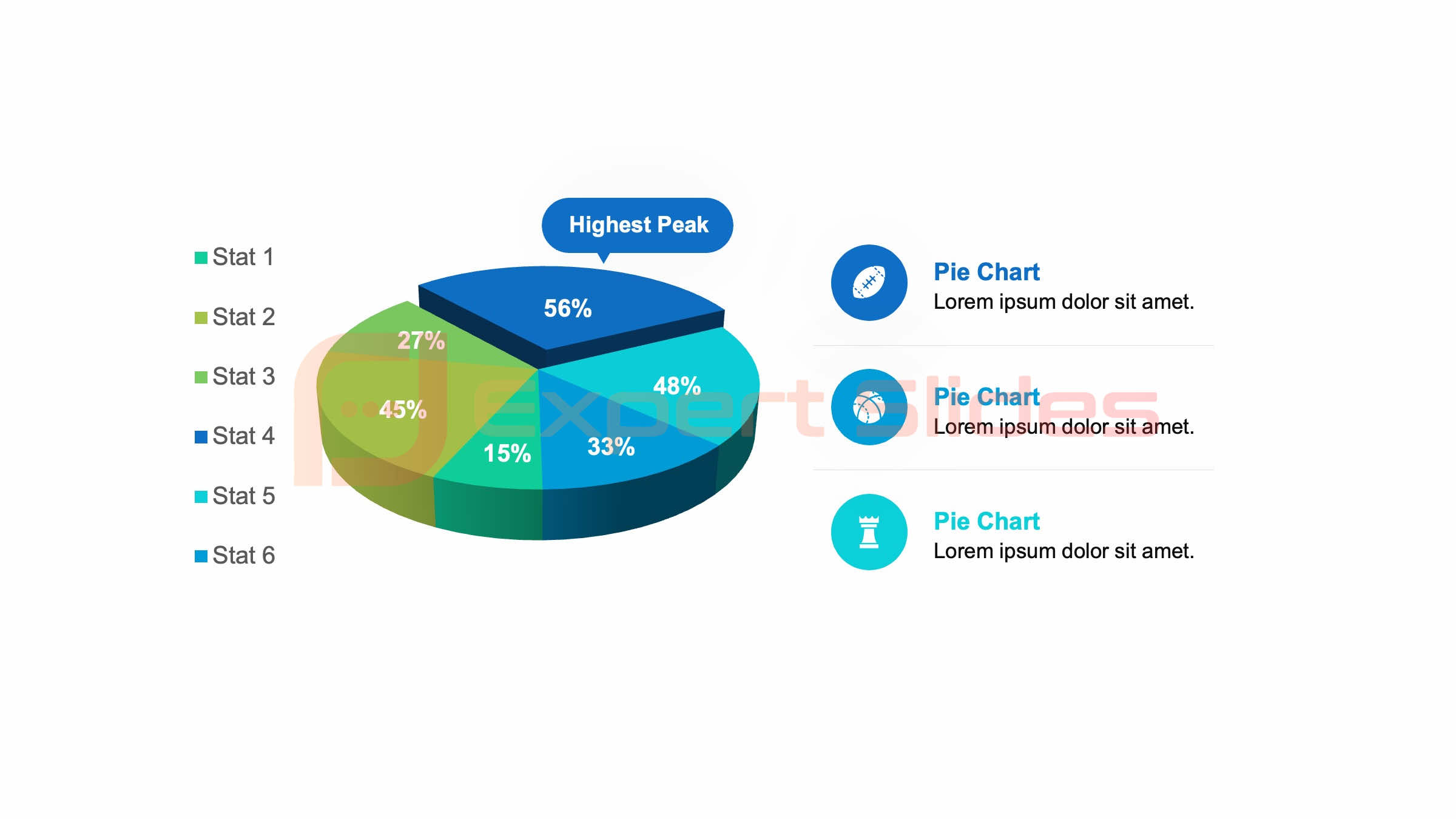Good Colors for PowerPoint Presentations – Mastering Color Theory
Table of Contents
Color theory is the study of how colors interact with each other and how they can be used to create visually appealing designs. In the context of PowerPoint presentations, understanding color theory is essential for creating slides that are both visually engaging and effective in conveying information. The three primary colors are red, blue, and yellow, and they are the building blocks for all other colors.
By mixing these primary colors, you can create secondary colors such as green, orange, and purple. Understanding the color wheel and how different colors relate to each other is crucial for creating harmonious color schemes in your presentations. In addition to the color wheel, it’s important to understand the concepts of hue, saturation, and brightness.
Hue refers to the actual color itself, while saturation refers to the intensity or purity of the color. Brightness, on the other hand, refers to how light or dark a color is. By understanding these concepts, you can create slides that are visually balanced and aesthetically pleasing.
It’s also important to consider the cultural and emotional associations that different colors have. For example, red is often associated with passion and energy, while blue is seen as calming and trustworthy. By understanding these associations, you can use color to evoke specific emotions and create a more impactful presentation.
Key Takeaways
- Understanding the basics of color theory is essential for creating effective PowerPoint presentations.
- The psychology of color plays a significant role in how your audience perceives and responds to your presentation.
- Choosing the right color palette and using contrast and complementary colors can enhance the visual impact of your slides.
- It’s important to avoid common color mistakes and create accessible and inclusive color schemes for all audience members.
- Incorporating color trends and branding into your PowerPoint design can help make your presentation more engaging and memorable.
The Psychology of Color in PowerPoint Presentations
 The psychology of color plays a significant role in how people perceive and respond to visual stimuli. In the context of PowerPoint presentations, understanding the psychological effects of color can help you create slides that are more persuasive and memorable. Different colors can evoke different emotions and associations, so it’s important to consider the psychological impact of your color choices.
The psychology of color plays a significant role in how people perceive and respond to visual stimuli. In the context of PowerPoint presentations, understanding the psychological effects of color can help you create slides that are more persuasive and memorable. Different colors can evoke different emotions and associations, so it’s important to consider the psychological impact of your color choices.
For example, warm colors such as red, orange, and yellow are often associated with energy and excitement, while cool colors like blue and green are seen as calming and soothing. By understanding these associations, you can use color strategically to influence how your audience perceives your message. In addition to evoking emotions, color can also be used to create hierarchy and emphasis in your slides.
By using bold, contrasting colors for important information or calls to action, you can draw attention to key points and make your presentation more impactful. It’s also important to consider the cultural associations that different colors have, as these can vary widely across different regions and demographics. By understanding the psychological effects of color, you can create presentations that are not only visually appealing but also more persuasive and effective in conveying your message.
Choosing the Right Color Palette for Your Presentation
When it comes to choosing a color palette for your PowerPoint presentation, there are several factors to consider. The first step is to consider the purpose and audience of your presentation. For example, if you’re giving a presentation on a serious or professional topic, you may want to use more muted or neutral colors to convey a sense of professionalism.
On the other hand, if you’re presenting to a younger or more creative audience, you may want to use brighter and more vibrant colors to capture their attention. Another important consideration is accessibility. It’s essential to choose colors that are easy to read for all audience members, including those with visual impairments.
This means avoiding color combinations that are difficult to distinguish, such as red and green or blue and purple. It’s also important to consider the contrast between text and background colors to ensure that your slides are easy to read from a distance. By choosing a color palette that is both visually appealing and accessible, you can create a presentation that is engaging for all audience members.
Using Contrast and Complementary Colors to Enhance Visual Impact
| Color | Meaning | Usage |
|---|---|---|
| Blue | Trust, Stability, Calmness | Professional presentations, finance, technology |
| Green | Growth, Health, Freshness | Environmental topics, finance, health |
| Red | Energy, Passion, Urgency | Attention-grabbing, urgency, excitement |
| Yellow | Optimism, Clarity, Warmth | Attention-grabbing, positivity, caution |
| Orange | Creativity, Enthusiasm, Fun | Entertainment, food, design |
Contrast is an essential element of creating visually engaging PowerPoint presentations. By using contrasting colors, you can create slides that are more dynamic and impactful. One way to achieve contrast is by using complementary colors, which are colors that are opposite each other on the color wheel.
For example, pairing blue with orange or red with green can create a visually striking effect that draws attention to your slides. Another way to create contrast is by using light and dark colors together, such as pairing a light background with dark text or vice versa. In addition to creating contrast, complementary colors can also be used to create a sense of harmony in your slides.
By using colors that are opposite each other on the color wheel, you can create a balanced and visually appealing color scheme. It’s important to use complementary colors strategically to avoid overwhelming your audience with too much visual stimulation. By using contrast and complementary colors effectively, you can create slides that are not only visually engaging but also more memorable and impactful.
Avoiding Common Color Mistakes in PowerPoint Presentations
When it comes to creating PowerPoint presentations, there are several common color mistakes that should be avoided. One of the most common mistakes is using too many different colors on a single slide. This can make your slides look cluttered and overwhelming, making it difficult for your audience to focus on the content.
Instead, it’s best to stick to a limited color palette and use it consistently throughout your presentation. Another common mistake is using colors that clash or are difficult to read. It’s important to choose colors that have enough contrast between them to ensure that your text is easy to read from a distance.
This means avoiding color combinations that are too similar or using light text on a light background or dark text on a dark background. By avoiding these common color mistakes, you can create slides that are more visually appealing and effective in conveying your message.
Tips for Creating Accessible and Inclusive Color Schemes

Creating accessible and inclusive color schemes is essential for ensuring that all audience members can engage with your presentation. One way to create accessible color schemes is by using high contrast between text and background colors. This makes it easier for people with visual impairments to read your slides.
It’s also important to avoid using color combinations that are difficult for people with color blindness to distinguish, such as red and green or blue and purple. Another tip for creating accessible color schemes is to use patterns or textures in addition to color to convey information. This can help make your slides more accessible for people with visual impairments who may have difficulty distinguishing between certain colors.
It’s also important to consider the cultural associations that different colors have and ensure that your color choices are inclusive of all audience members. By creating accessible and inclusive color schemes, you can ensure that your presentation is engaging for all audience members.
Incorporating Color Trends and Branding into Your PowerPoint Design
Incorporating color trends and branding into your PowerPoint design can help make your presentation more visually appealing and cohesive. One way to incorporate color trends is by staying up-to-date with current design trends and using them as inspiration for your color choices. For example, if pastel colors are currently trending in design, you may want to incorporate these soft, muted tones into your presentation for a modern look.
In addition to following design trends, it’s important to consider your company or brand’s branding when choosing a color palette for your presentation. Using your brand’s colors can help reinforce brand recognition and create a cohesive look across all of your marketing materials. By incorporating color trends and branding into your PowerPoint design, you can create a presentation that is not only visually appealing but also aligned with current design trends and your brand’s identity.
In conclusion, mastering color theory is essential for creating visually engaging and effective PowerPoint presentations. By understanding the basics of color theory and the psychology of color, you can choose the right color palette for your presentation and use contrast and complementary colors strategically to enhance visual impact. It’s also important to avoid common color mistakes and create accessible and inclusive color schemes that engage all audience members.
By incorporating color trends and branding into your PowerPoint design, you can create presentations that are not only visually appealing but also aligned with current design trends and your brand’s identity. With these tips in mind, you can create PowerPoint presentations that are both visually stunning and effective in conveying your message.
FAQs
What is color theory and why is it important for PowerPoint presentations?
Color theory is the study of how colors interact with each other and how they can be used to create visually appealing designs. In the context of PowerPoint presentations, understanding color theory is important because it helps in creating slides that are visually engaging and effectively communicate the intended message.
What are some good colors to use in PowerPoint presentations?
Good colors to use in PowerPoint presentations are those that are visually appealing and easy to read. Some examples include blue, green, and purple for a calming and professional look, while red and orange can be used for a more energetic and attention-grabbing effect. It’s also important to consider the contrast between the background and text colors to ensure readability.
How can I use color harmonies in my PowerPoint presentations?
Color harmonies, such as complementary, analogous, and triadic color schemes, can be used to create visually pleasing PowerPoint presentations. Complementary colors are opposite each other on the color wheel and create a high contrast effect, while analogous colors are next to each other on the color wheel and create a harmonious look. Triadic color schemes use three colors that are evenly spaced on the color wheel for a balanced and dynamic effect.
What are some tips for using color in PowerPoint presentations?
Some tips for using color in PowerPoint presentations include using a limited color palette to avoid overwhelming the audience, using color to emphasize important points or create visual hierarchy, and considering the cultural and psychological associations of different colors. It’s also important to ensure that the chosen colors are accessible to all audience members, including those with color vision deficiencies.
Get 15+ Mio. PowerPoint Assets - FREE SIGN-UP

Sign up for free to our PowerPoint extension, ExpertSlides. Everything you need, directly in PowerPoint. No credit card required.
Related Posts
Recent Posts
- How Do You End a Presentation – Mastering the Last Impression
- Good Color Combinations for Presentations – The Science of Color
- Interesting Ideas for PowerPoint Presentation – Captivate Your Audience
- History Presentation Template – Step Back in Time
- Canvas Presentation Template – Unleash Your Creativity
Main Menu
Knowledge base
Useful Links






